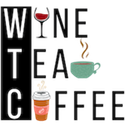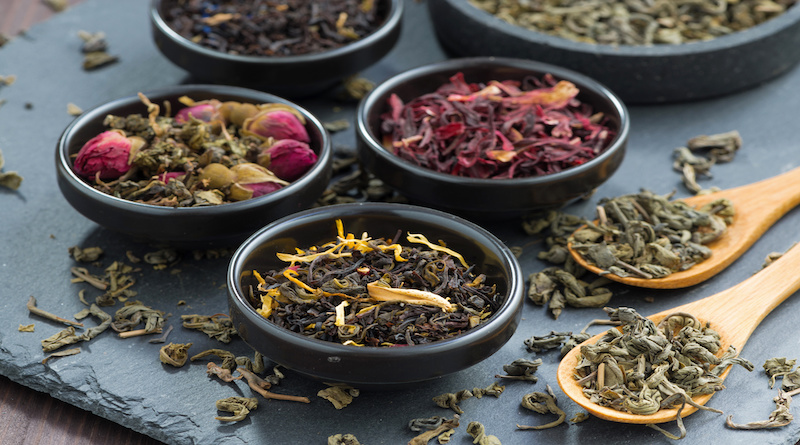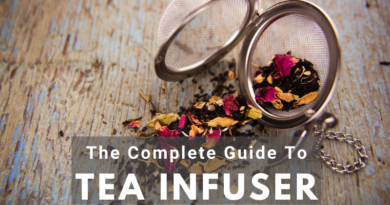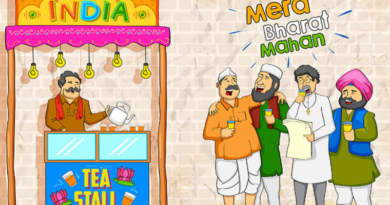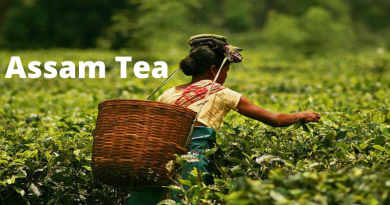The Ultimate Guide To Brewing Your Own Herbal Tea Blends
Part of what makes drinking tea special is preparing it. You can buy loose leaves, brew them several times, and indulge in a flavor that’s not only rich but also less sugary.
Many of the herbal tea blends follow a structure to offer different kinds of flavors:
- Flowering notes – First, add one part of flowery herbs, such as chamomile flowers, calendula petals, or wild rose petals.
- Placeholder flavor – After you’ve put some dried or fresh flowers, create a placeholder flavor, like raspberry leaves. Two parts of these herbs will do.
- Fruity component – A naturally sweet or fruity component will be lovely as well. You can put one part of hibiscus flowers, which taste like lemon.
- Cooling herb – Lastly, add one part of cooling herbs, such as mint. Feel free to mix any types of mint herbs you have.
Read on to learn more about how to brew and make the most of your herbal tea.
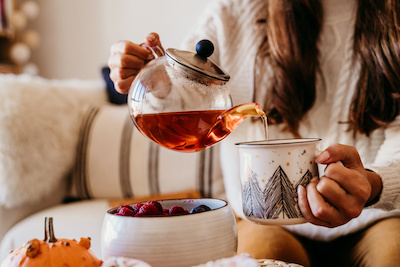
Loose Leaf Herbal Tea
As their name suggests, loose leaf herbal teas aren’t contained in a bag. There are various ways to brew loose leaf teas. One is to add loose leaf tea to a teapot and boil it. You’ll find plenty of teapots equipped with built-in strainers. But if yours doesn’t have one, you can just use a basket strainer and put it in the opening of the teapot.
The teapot is the easiest method to prepare and brew loose leaf tea because you don’t need a lot of tools. Additionally, it causes the leaves to expand, allowing the natural flavor and aroma to seep into the water faster.
Historically speaking, Chinese merchants and Portuguese priests brought tea to the Western world in the 16th century. Since then, companies that offer tea spread like wildfire. For instance, Rare Tea Company sell fine loose leaf herbal tea, without the toxins found in tea bags, and from ethical sources that pay workers fairly.
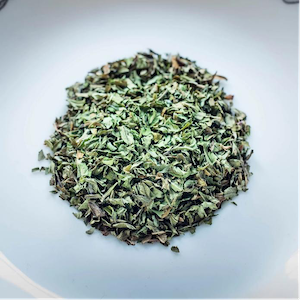
Caffeinated Tea
Most herbal teas are caffeine-free, but there are a few exceptions, such as yerba mate and guarana, which are both from South America. Yerba mate is an herbal infusion from the plant Ilex paraguariensis. It contains 80 mg of caffeine per serving of 8 ounces. On the other hand, guarana is made from seeds of the guarana plant. A gram of guarana contains 47 mg of caffeine.
You can brew loose leaves of yerba mate by adding one or two tablespoons to a strainer or French press. Moisten the loose leaves with cool water first, then add 8 ounces of 170 degrees Fahrenheit of hot water. Steep the crushed leaves for five minutes, then strain to remove the leaves. You can add some flavoring to the tea, such as honey.
In contrast, guarana herbal tea is brewed by steeping the crushed seeds into boiling water. You can get the full flavor through infusion for 10 to 15 minutes.
Tea Bags
Tea bags are the most convenient way to brew and consume tea. While buying some is the easiest way, you can make your own herbal tea bags with materials, such as cotton muslin, cheesecloth, filter paper, or food-grade plastic.
Making tea bags with coffee filters
Materials: Coffee filters, stapler with staple wires, bakers’ twine, and herbal tea
- Cut filter into a rectangular shape.
- Place the loose leaf tea at the center, then fold the sides to the middle.
- With your finger set in the middle, fold the sides upward onto each other.
- Fold the top downward, then staple.
- After stapling, include a string.
Making tea bags with cheesecloth or muslin
Materials: Muslin or cheesecloth, bakers’ twine
- Cut the material into squarish shapes that are 4×4 inches. Opt for double squares if your tea blend is extra fine.
- With a tablespoon, add some loose leaf herbal tea to the cheesecloth square.
- Gather the corners of the cloth together, twist the top twice, and then tie with bakers’ twine.
Gong Fu Cha
Gong Fu Cha is a Chinese tea ceremony that uses small containers to brew tea leaves, which can be re-steeped for as much as 10 times, depending on the kind of tea available. The word ‘gong fu’ means ‘right effort’ while ‘cha’ refers to ‘tea.’ Hence, this process is all about making an effort to achieve a rich flavor from the tea.
The method involves 21 steps, but here’s an abridged description:
- Fill a teapot with tea leaves and steep them in concentrated quantities.
- Pour as much boiling water as you can into the teapot until the water spills a bit.
- Use the lid of the teapot to scrape away the bubbles then cover the teapot with the lid.
- The first steeped water is used to rinse the teacups.
- Fill the teapot with boiling water again. Close the pot with its lid and pour boiling water on the exterior part of the pot to ensure insulation of heat inside the pot.
- Depending on the tea, steeping time will take only a few seconds usually since gongfu sessions hold a high leaf-to-water ratio. You can increase the steeping time for each succeeding brew.
- Once the tea is ready, drain it into the fairness pitcher, which helps maintain the flavor.
- Pour the tea from the pitcher into your teacup and enjoy.
Conclusion
You can always buy tea at the grocery store, but there’s something special about making your own herbal tea blends. Whether you brew loose leaf tea or create your own tea bags, you’ll appreciate a cup of tea even more.
